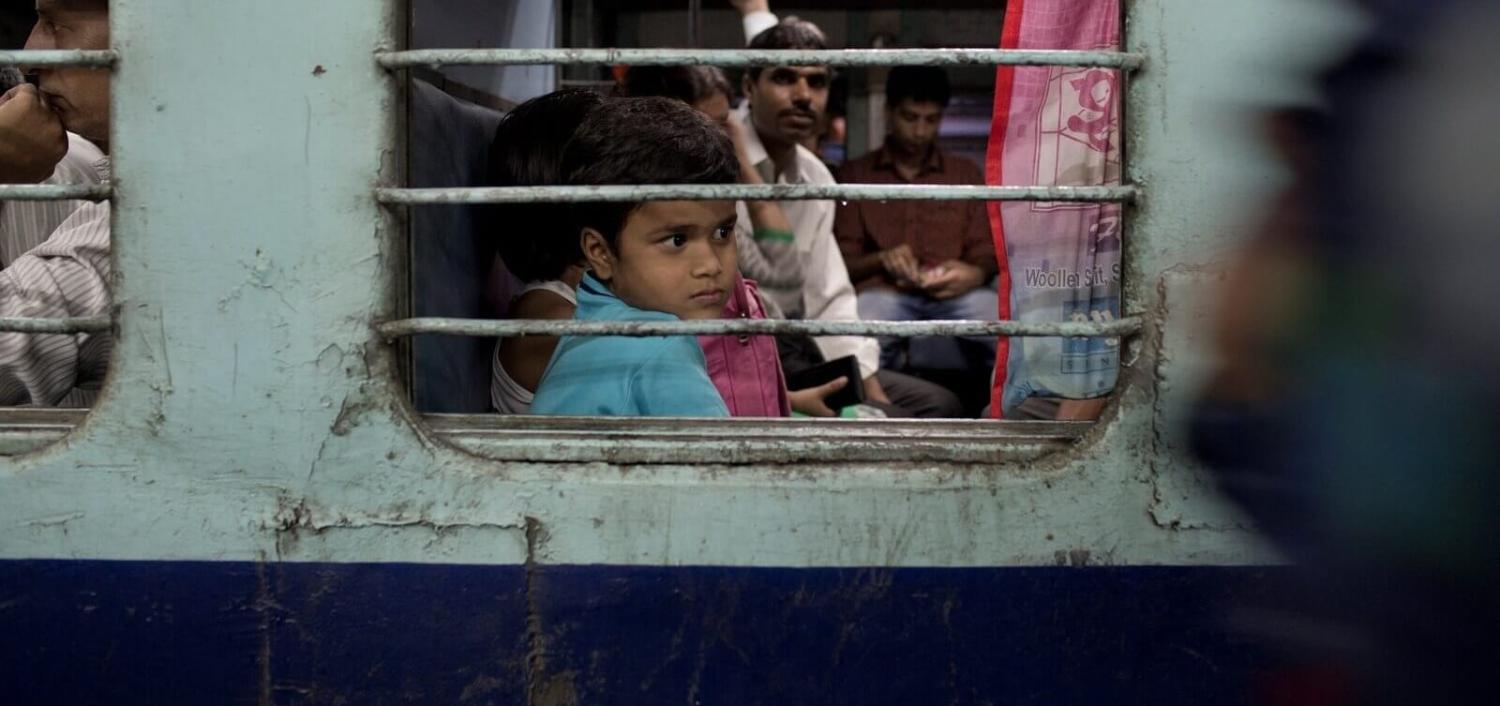In India, it’s all about the age of 25: that’s the median age of the entire country, and there are 600 million Indians, more than half the population, who are aged 25 or younger. Young people are everywhere you look: on the streets, in offices, in shops, on campuses, and bring with them a mood that is progressive, optimistic, and dynamic.
As India continues to transition from a largely agrarian-based economy into something more modern, its citizens want a slice of the pie.
But lately, this optimism has been on the wane, as unemployment figures climb alarmingly higher, despite recent World Bank figures showing that India has now overtaken France as the world’s sixth largest economy. Unemployment is particularly of concern as the Modi government starts to look towards next year’s general election. And this latest unemployment spike is undoubtedly youth-led, as job creation is unable to keep pace with the vast numbers of new jobseekers leaving education and entering the workforce.
There is a phrase for this: the demographic dividend. It refers to the economic growth potential presented by shifting age demographics, particularly when those of working age (15–64) outnumber those in the non-working-age categories. Generally, this sort of bulge is considered a boon for an economy, as a large number of productive workers means accelerated economic growth. And given India’s vast numbers of young people and apparently high growth rates, it is a shining example of how the demographic dividend can pay off.
There’s just one problem: there simply aren’t enough jobs.
To keep up with demand, India needs to employ around a million people each month. While jobs are being created, it falls well short, causing unemployment to spike: it hit 6.23% a few months ago, almost double what it had been less than a year earlier. Right now, there are 31 million Indians looking for jobs, which speaks to something deeply concerning about the current pace of job creation.
The government says adding new jobs is a priority, and that 3.11 million jobs were created in the six-month period to February this year; although the independent research firm Centre for Monitoring Indian Economy (CMIE) says this figure is closer to 1.8 million. Even at the lower end of the scale, that is a staggeringly high number of jobs, and would be a feather in the cap of any nation. Just not, unfortunately, for India.
How does this play out? In March, the government advertised 90,000 new positions with Indian Railways, the country’s largest employer. There were 25 million applicants (more than the entire population of Australia). Even by Indian standards, where the stability of a government job is highly prized, this was an alarmingly high turnout, particularly for semi-skilled jobs. It wasn’t the first time: in 2016, 19,000 applicants vied for 114 advertised jobs as street sweepers, among them people with MBAs.
While the youth bulge is the driver of the problem, there are other factors at play. As India continues to transition from a largely agrarian-based economy into something more modern, its citizens want a slice of the pie. Young people, armed with smartphones, are not content scratching out a life of subsistence farming or working as labourers.
But India’s transition has been an uneven one. Most developing nations follow the same trajectory, moving from agriculture to manufacturing to services. India has leapfrogged right over manufacturing and into services, such as the much-vaunted call centres. Without a solid manufacturing base that can provides mass employment, India was always going to hit potholes in its growth journey.
For his part, Prime Minister Narendra Modi has made no secret of his desire to drive a manufacturing sector. Under the “Make In India” banner, this has been a flagship policy of his first term in government, with hopes that India could eventually rival China as a mass manufacturer. While Make In India is regularly decried as a failure in newspaper headlines, it is still relatively early days, and the government has been working to remove some of the bureaucratic obstacles, such as approving changes to rules around wages.
At the same time, the government is in defence mode, working to hose down concerns about the growing unemployment problem. Earlier this month, Modi told a magazine that the issue was not about a lack of jobs, but rather a lack of relevant data.
His reticence is understandable, particularly as he is seeking a second term in India’s general elections next year. But his government would be loath to ignore the looming youth unemployment crisis. Millions of jobless and disaffected youth could turn India’s demographic dividend into a disaster.

